Product information
Reviews
Shipping & returns
Product information
NI SCXI-1304 Data Acquisition terminal module
Main characteristics
Number of channels: It usually has 32 channels and can handle multiple signal inputs simultaneously, making it suitable for application scenarios that require the collection of multiple analog signals.
Input type support: Supports differential and single-ended input modes. Differential input can effectively suppress common-mode interference and provide more accurate results in noisy environments or when measuring small signals. Single-ended input is suitable for general signal acquisition situations, and users can flexibly configure it according to actual needs.
Electrical characteristics: It features a relatively high input impedance, typically at the megohm level, which can reduce the load effect on the input signal source and ensure measurement accuracy. It can withstand a relatively wide range of input voltages, generally around ±10V to ±30V, depending on the module configuration and usage environment.
Protection function: Equipped with an overvoltage protection circuit, it can limit the amplitude of the input signal voltage. When the input voltage exceeds the set threshold, the protection circuit will act to clamp the voltage within a safe range, preventing overvoltage from damaging the module and subsequent equipment. It is also equipped with electrostatic discharge (ESD) protection function, enhancing the reliability and stability of the module in practical use and avoiding damage caused by static electricity accumulation.
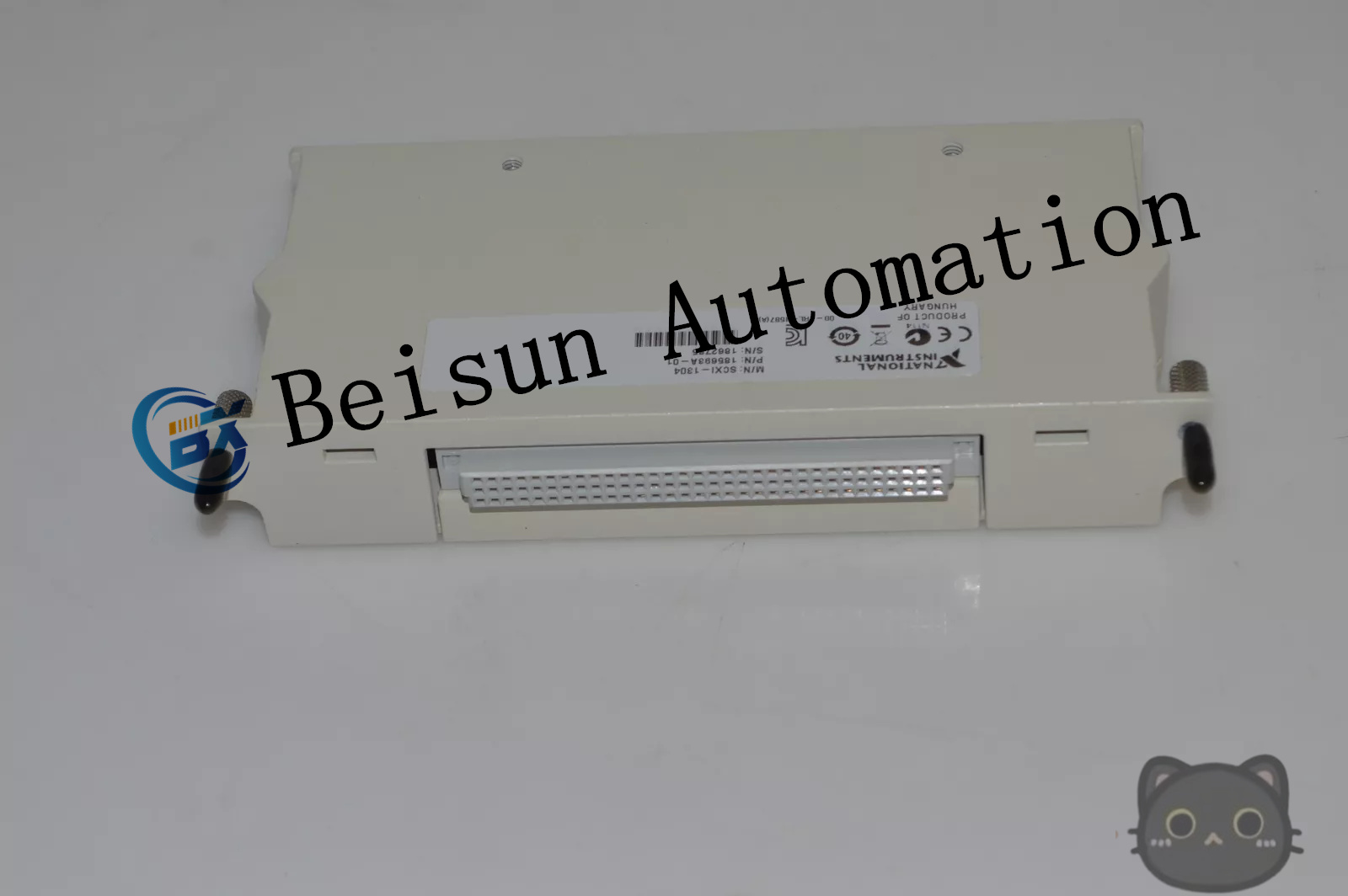
Application field
Industrial process monitoring: On industrial production lines, various sensors such as temperature, pressure, flow, and displacement sensors can be connected. The analog signals output by the sensors are transmitted to the data acquisition system to achieve real-time monitoring and control of the industrial production process, which helps to improve production efficiency and product quality.
Testing and Measurement: In laboratories and testing environments, it is often used to connect various testing instruments and equipment, such as oscilloscopes, function generators, power supplies, etc. The signals output by these instruments are connected to the data acquisition system for analysis and processing, facilitating the evaluation and testing of equipment performance.
Energy management: In the energy system, current and voltage sensors as well as various power monitoring devices can be connected to collect energy-related data in real time, such as power quality monitoring in the power system and power generation and load monitoring in distributed energy systems, providing data support for energy management and optimization.

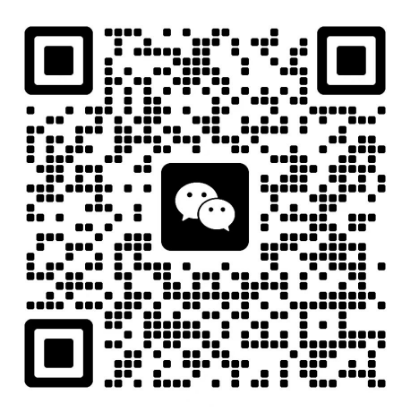
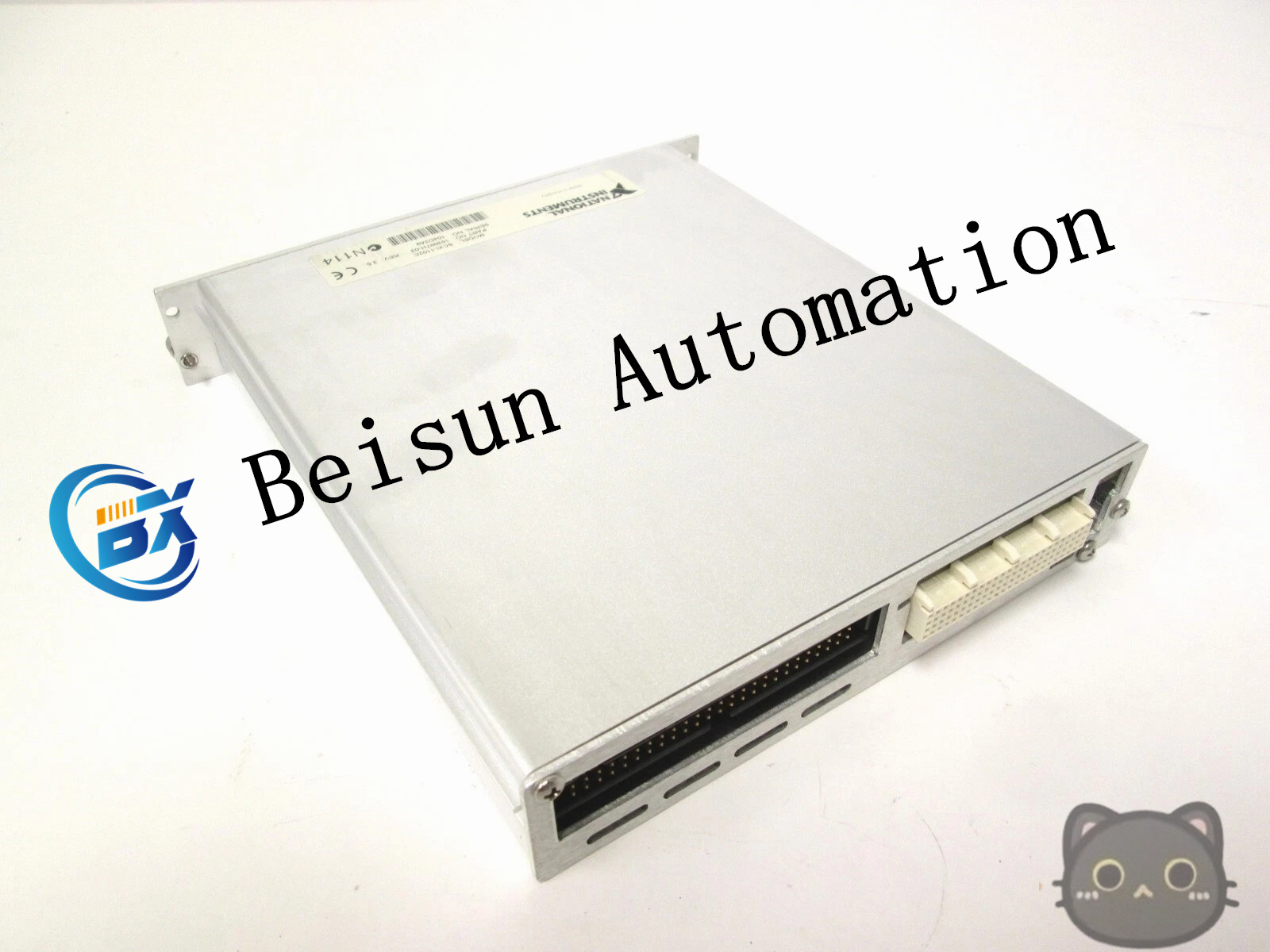

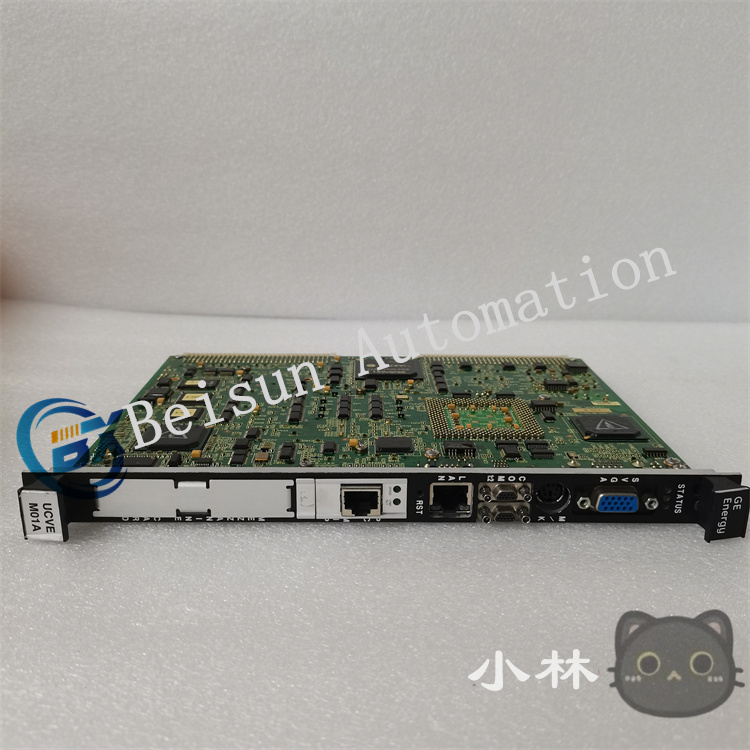
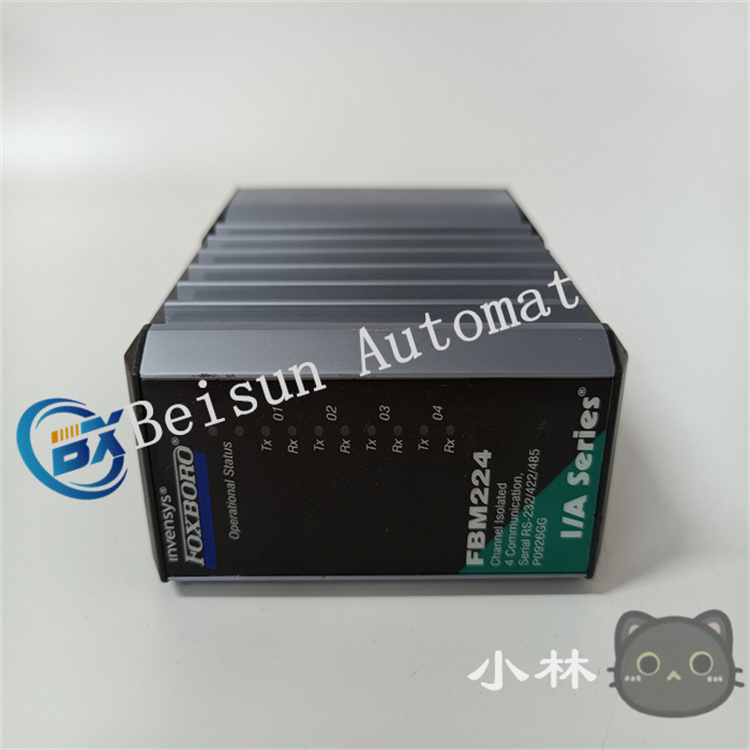

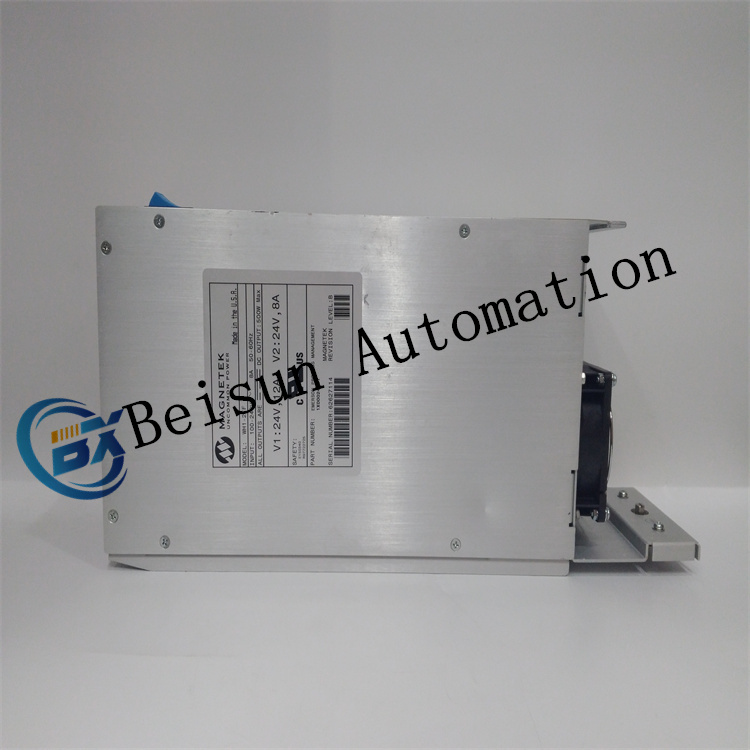
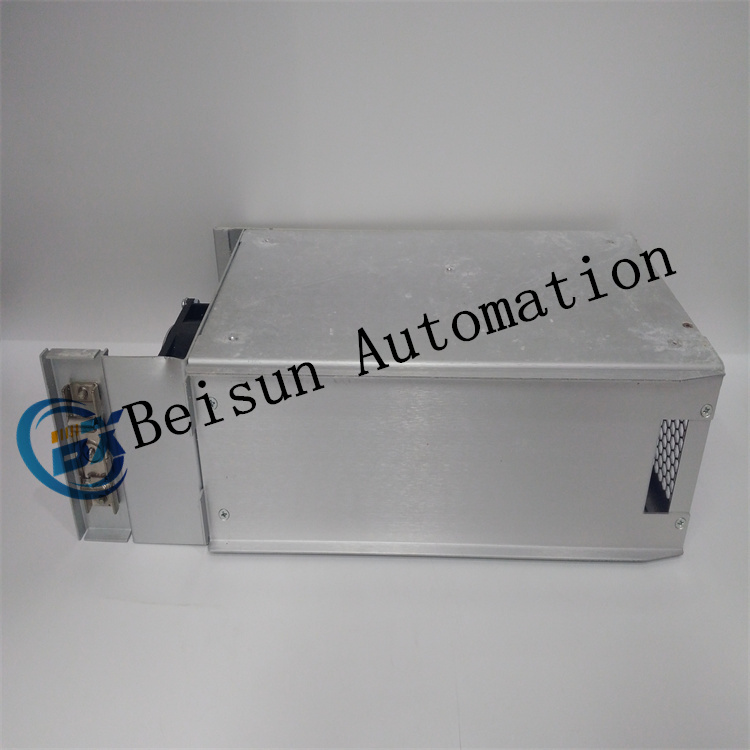
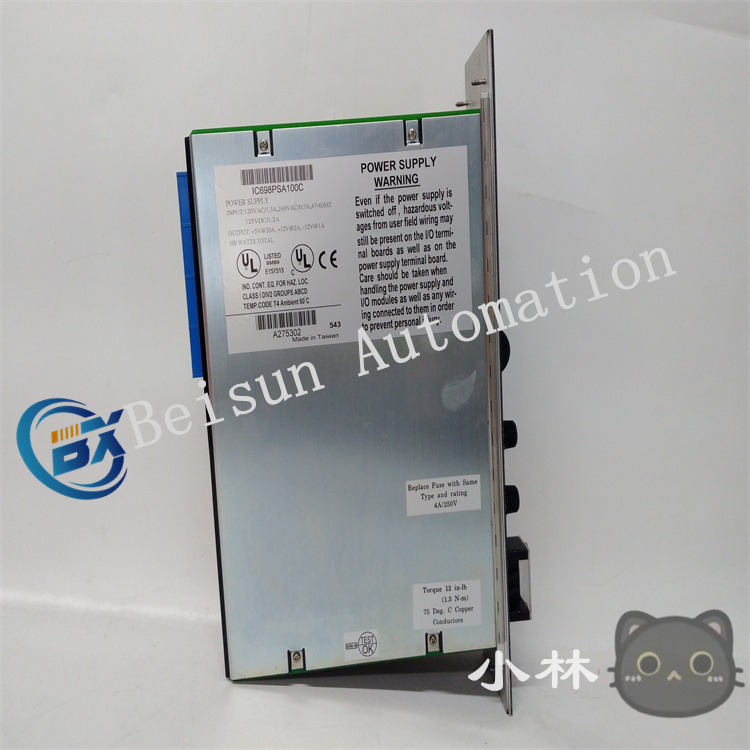
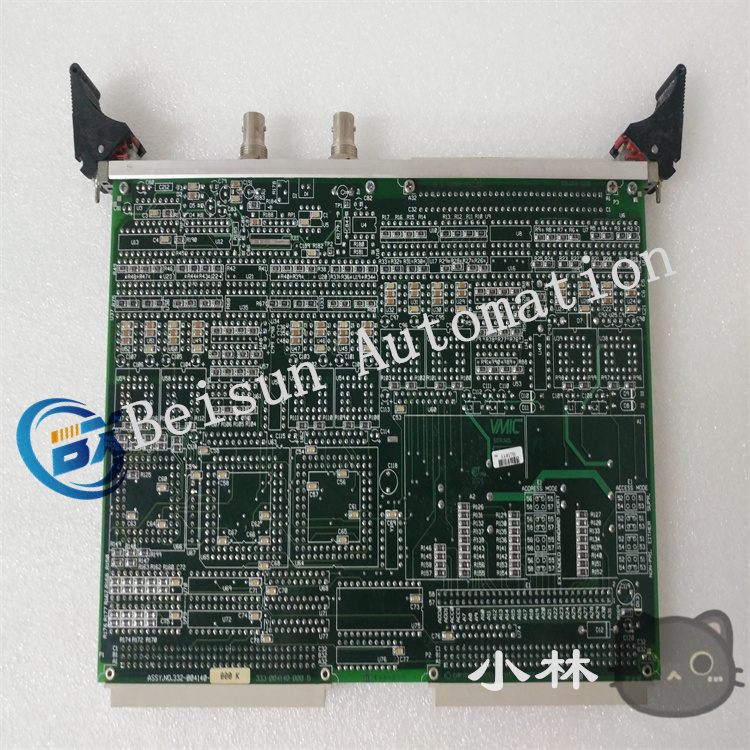
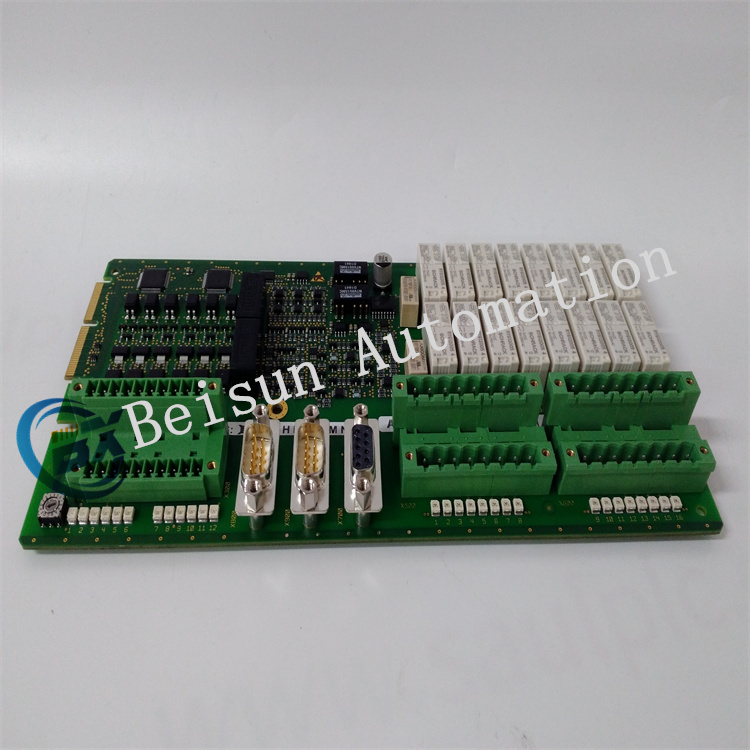

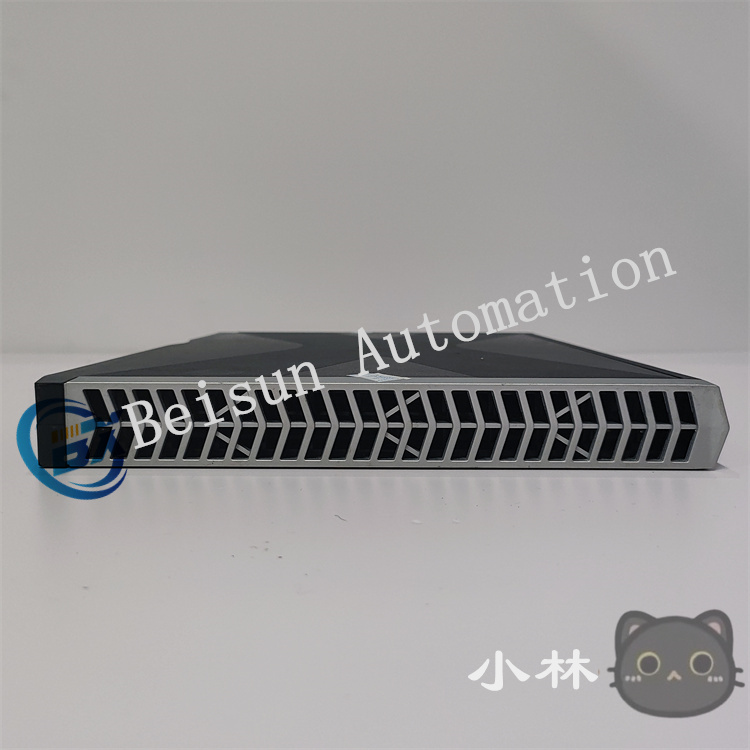
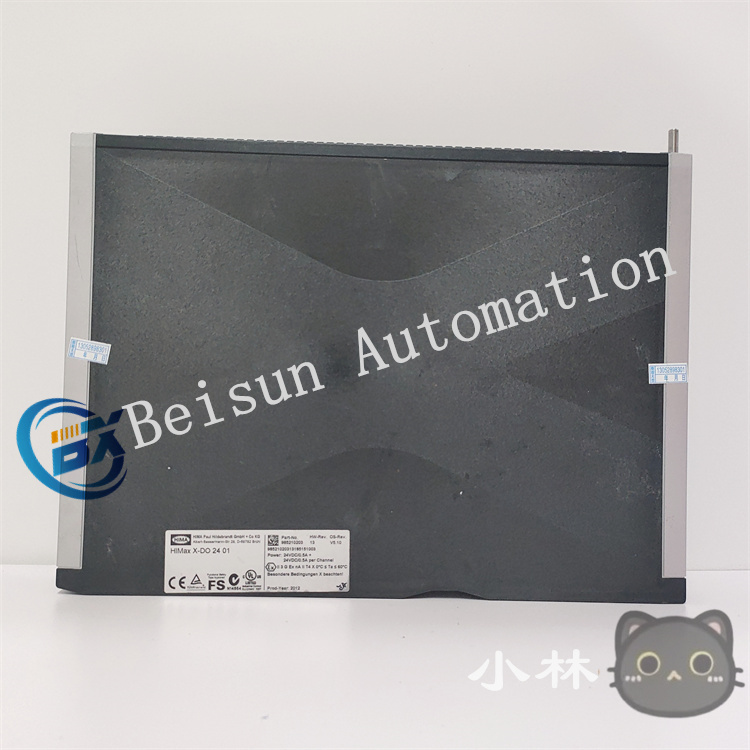
Reviews
There are no reviews yet.